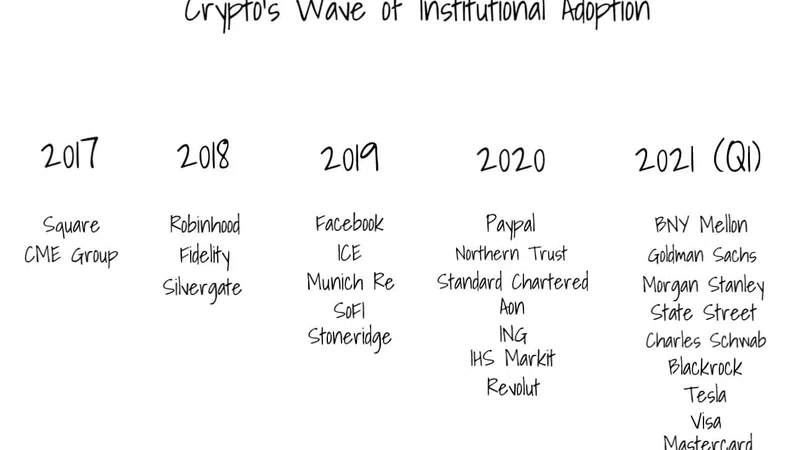Earlier this month, the CMA, Britain’s competitions watchdog, announced it was giving the country’s largest banks just six months’ notice to introduce Variable Recurring Payments (VRPs) in order to allow ‘sweeping’, the automatic transfer of money between customer’s accounts. In the same week, Starling Bank was announced as the biggest winner in the battle for current account customers for the fourth quarter running, gaining 18,874 customers during the last three months. As challenger banks and innovative fintech’s like Klarna, Afterpay, and Wise claim more and more ground from traditional giants, agile IT innovation will be crucial if the industry’s biggest players are to start gaining lost ground.
The winds of change
The CMA’s enforcement of sweeping is a clear sign that banks are going to have to adapt to changing consumer demands sooner rather than later. Open banking is becoming a lot more pervasive, and soon consumers are going to be able to switch services far easier than ever before, almost as they do with mobile phone contracts.
While specific uses for sweeping aren’t going to be mandated by the CMA, the move is set to give consumers greater control over their money and hold the potential for increased applications of open banking across the board. This will help newer, more agile banks consistently roll out new apps and services.
This shift has been evident for a number of years. For instance, across the pandemic, legacy banks struggled to compete with challenger banks when it came to quickly releasing new products to market. Challenger banks were able to quickly unleash new products to support people’s changing needs as a result of COVID and the restrictions the pandemic brought.
Adoption not an option
Big banks are some of the biggest IT spenders in the world but remain hamstrung by legacy systems that are sometimes decades old. Unfortunately, spending £40 million to keep the lights on is a lot of expenditure without any innovation in return. In fact, banks are keenly aware of the limitations of legacy systems, with 49% claiming they can’t keep up with the speed of business today.
Certain banks are still years away from getting off legacy, and raising the question of how long they can remain competitive if this remains the case. The risk of sitting still is outgrowing the risk of taking the plunge and investing. However, in a year dominated by pandemic related risk, overhauling entire legacy systems can be costly and time-consuming.
Therefore, many banks have started considering a composable ERP model, which allows them to successfully navigate the gap between legacy and modern applications without a complete revamp. In fact, according to research, 96% of banks are looking towards composability as the future of IT infrastructure. This will allow banks to keep up with the agility of challenger banks that are working with far newer technology stacks.
Innovation or enervation
Ultimately, modern banks are technology companies and need best-of-breed solutions. In the current era of challenger banks and enterprising fintechs, innovation is key. The pressure from the CMA shows that banks can no longer allow their data to sit in systems that are no longer fit for purpose. The past year has seen an unprecedented surge in digital banking activity, with consumers trying new ways to conduct banking transactions and embracing new financial product buying behaviours. This change in behaviour has resulted in increased use of alternative financial products and solutions.
Without active change, legacy banks which have been slow to innovate, unable to create simplified digital offerings, and introduce the level of personalised engagement consumers desire will continue to struggle in the current climate. Whether opting for wholesale IT overhauls, or bridging the gap with composable ERP, speed is of the essence for the banking sector.












